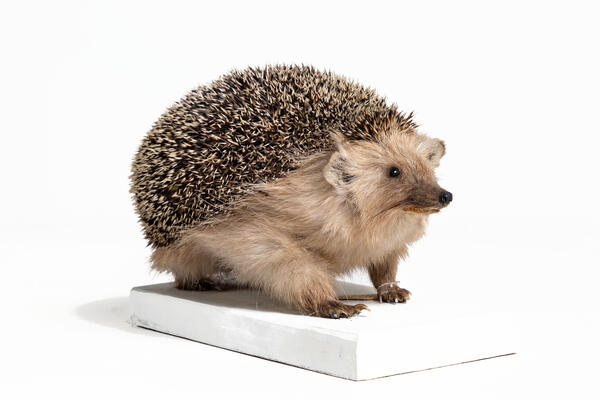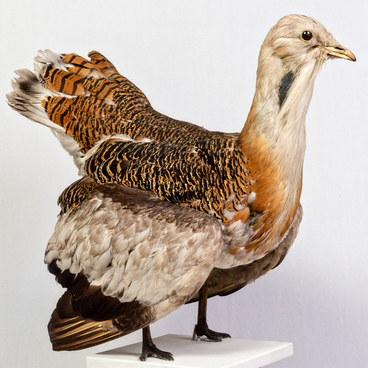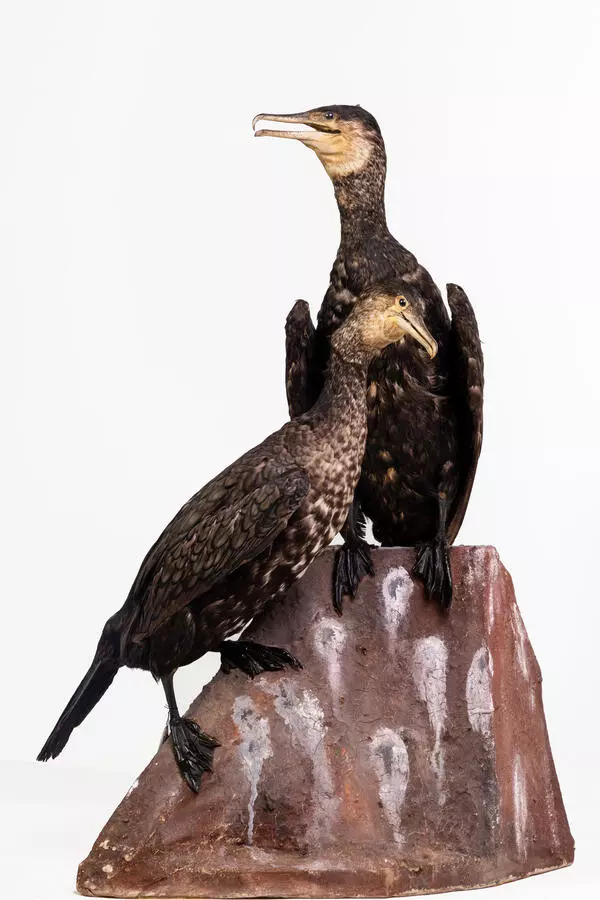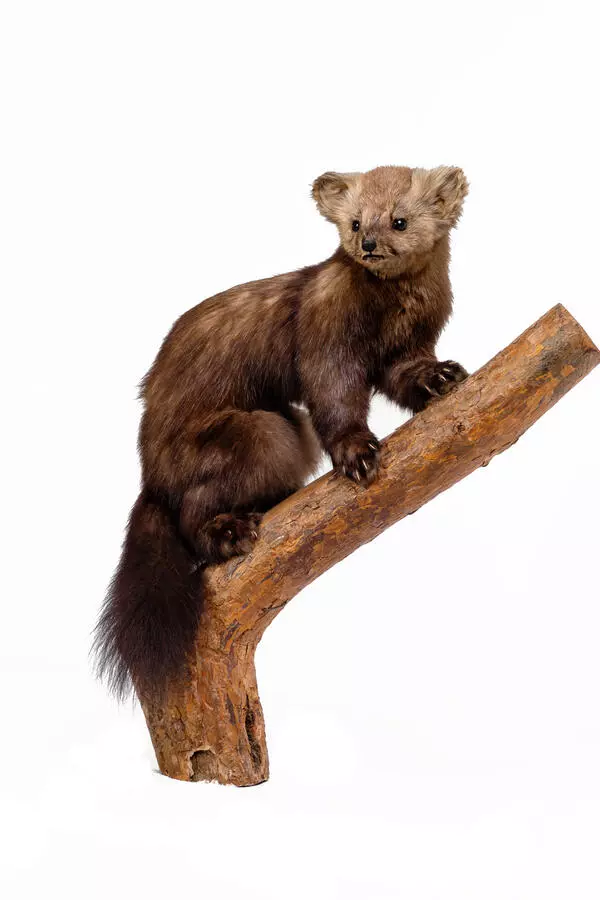The Daurian hedgehog is a small mammal that lives in steppes and forest steppes. This hedgehog got its name due to the region of its habitat, namely: the Western Amur Region and Transbaikalia. In former times, these places were called Dauria.
The Daurian hedgehog shares its habitat with the Daurian pika, gopher and Siberian marmot whose abandoned burrows it expands and completes. Hedgehogs have a dense build, short legs and tail, an elongated pointed muzzle, and relatively large ears. Due to the presence of ring muscles under the prickly shell, like any other hedgehog, this animal is able to curl into a tight ball.
The needles of the Daurian hedgehog are less sharp than those of the common hedgehog, since they are directed not up, but back and have longitudinal grooves. In total, an adult hedgehog has 6,000 needles, with every third changing per year. The clothes of young hedgehogs do not immediately become prickly. The young Daurian hedgehogs appear naked. By this time, the formed tops of the baby needles of young hedgehogs are already under the skin, and they begin to sprout within a few minutes after birth. The needle cover is completely formed in 2-3 weeks. A month later, young hedgehogs are already moving on to independent life.
The hedgehog is active at dusk and at night. Having an excellent sense of smell and hearing, hedgehogs do not see well. The Daurian hedgehog feeds on various types of insects, eggs, and chicks of birds nesting on the ground. With an abundance of mouse-like rodents, especially in the spring, they feed on them after hibernation. As they mature, they also eat steppe berries, for example, the fruits of Daurian ephedra. They do not disdain carrion as well. Their main enemies are the badger, wolf, dogs, fox, and corsac fox, and among the birds of prey - the owl, fur-legged barrow, and steppe eagle. It is hard for a hedgehog to escape from a badger that can get it out of deep holes
In hibernation, these animals fall quite early, namely: in August or early October. During hibernation, Daurian hedgehogs lose about 30% of the total weight gained over the summer and autumn. These hedgehogs are big dormice. They can sleep up to 245 days a year! They wake up in April, and after 10-15 days after awakening, they start rut. Unfortunately, today they are rare animals listed in the Red Book of Buryatia.
The Daurian hedgehog shares its habitat with the Daurian pika, gopher and Siberian marmot whose abandoned burrows it expands and completes. Hedgehogs have a dense build, short legs and tail, an elongated pointed muzzle, and relatively large ears. Due to the presence of ring muscles under the prickly shell, like any other hedgehog, this animal is able to curl into a tight ball.
The needles of the Daurian hedgehog are less sharp than those of the common hedgehog, since they are directed not up, but back and have longitudinal grooves. In total, an adult hedgehog has 6,000 needles, with every third changing per year. The clothes of young hedgehogs do not immediately become prickly. The young Daurian hedgehogs appear naked. By this time, the formed tops of the baby needles of young hedgehogs are already under the skin, and they begin to sprout within a few minutes after birth. The needle cover is completely formed in 2-3 weeks. A month later, young hedgehogs are already moving on to independent life.
The hedgehog is active at dusk and at night. Having an excellent sense of smell and hearing, hedgehogs do not see well. The Daurian hedgehog feeds on various types of insects, eggs, and chicks of birds nesting on the ground. With an abundance of mouse-like rodents, especially in the spring, they feed on them after hibernation. As they mature, they also eat steppe berries, for example, the fruits of Daurian ephedra. They do not disdain carrion as well. Their main enemies are the badger, wolf, dogs, fox, and corsac fox, and among the birds of prey - the owl, fur-legged barrow, and steppe eagle. It is hard for a hedgehog to escape from a badger that can get it out of deep holes
In hibernation, these animals fall quite early, namely: in August or early October. During hibernation, Daurian hedgehogs lose about 30% of the total weight gained over the summer and autumn. These hedgehogs are big dormice. They can sleep up to 245 days a year! They wake up in April, and after 10-15 days after awakening, they start rut. Unfortunately, today they are rare animals listed in the Red Book of Buryatia.






